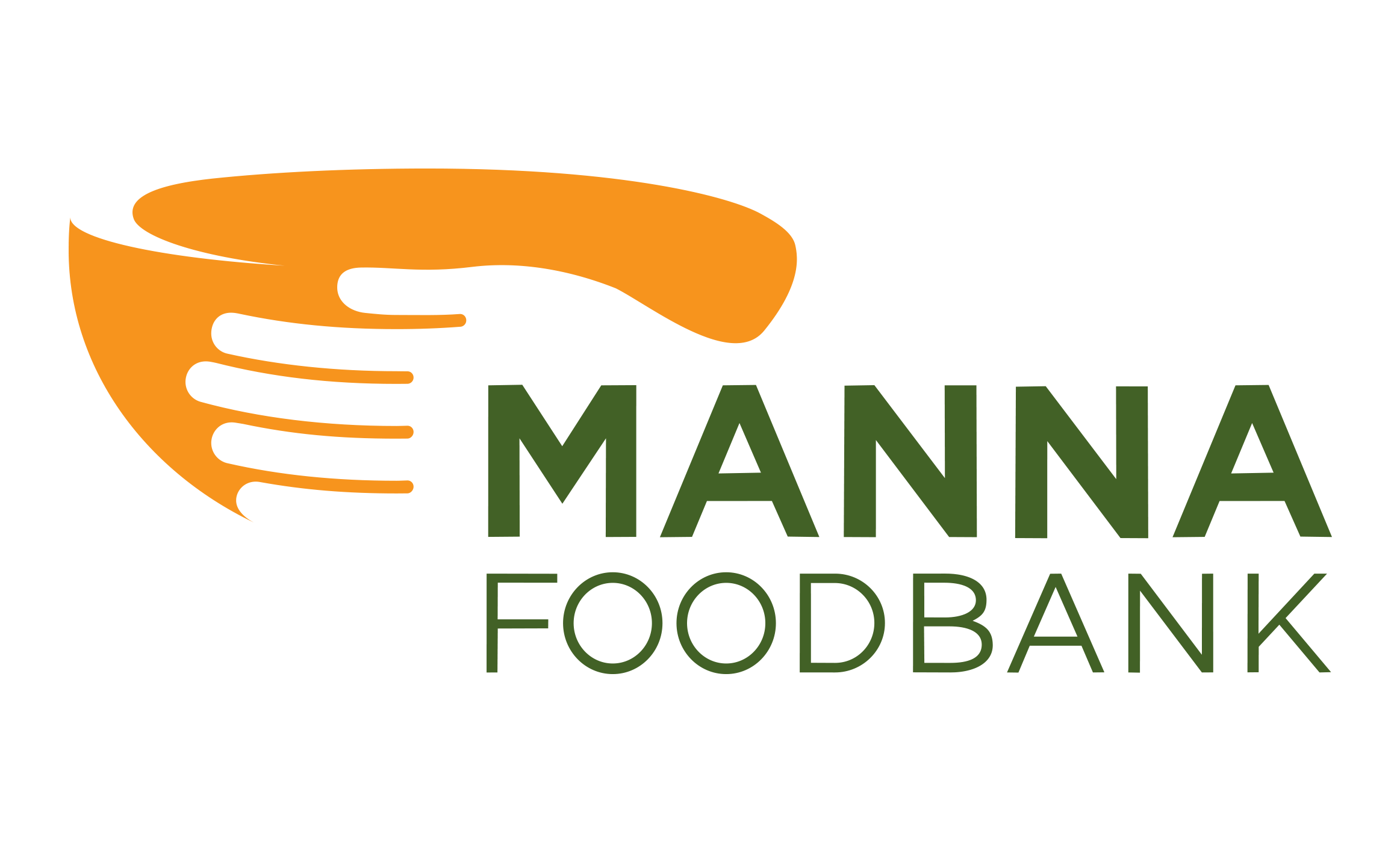Why are WNC Children Facing Higher Rates of Hunger?
In Western North Carolina, food insecurity disproportionately impacts our youngest residents. While unfortunately, 1 in 6 adults in our region don’t know where their next meal is going to come from, the rate of child food insecurity is much higher: In WNC, 1 in 4 children face food insecurity. The saddening statistic is not only worrisome due to the immediate hunger so many children face, but also the long-term effects that can be carried from childhood to adulthood.
Children, much like adults, in our region encounter food insecurity due to the unique set of socioeconomic circumstances of our area. The cost of living in the greater Asheville area is the highest in the state, and housing costs in particular continue to increase across WNC. As a result, many families have moved away from economic centers to find cheaper housing. In these areas, however, there is not an adequate public transportation system that can bring people back and forth from areas with family-supporting job opportunities, making transportation a must-have for these families. On top of high living costs and a lack of public transportation, families also have to grapple with child care costs, often leading to impossible decisions, such as “do I put gas in the car, or purchase groceries this week?”
Food insecurity, similar to many other Adverse Childhood Experiences (ACEs), can have a serious impact upon the development of a child. Chronic stress from not knowing whether or not you are going to eat has the ability to alter brain development and a person’s immune system as they grow into an adult. Children suffering from food insecurity are also more likely to suffer academically, which may prevent them from reaching higher income levels post-school.
That is why we work tirelessly on a range of solutions to ensure everyone, especially children, have access to food here in WNC. Thankfully, there are a multitude of different methods that are effective in combatting child hunger.
Programs to Reduce Childhood Hunger
Programs such as The Supplemental Nutrition Assistance Program (SNAP), the National School Lunch Program (NSLP), The School Breakfast Program (SBP) and The Special Supplemental Nutrition Program for Women, Infants, and Children (WIC) are proven methods of reducing child food insecurity. Research has shown that SNAP participants are 5-20 percent less likely to be food insecure than those who are unenrolled in the program, but are eligible. The SBP has been shown to reduce food insecurity for children throughout all levels of schooling, while NSLP participation has consistently demonstrated the ability to decrease food insecurity among families with children by 2-9 percent.
Here at MANNA, we have a variety of programs that put food on children’s plates. Our MANNA Packs and Summer Packs programs provide kids with supplemental food assistance throughout the school year and the summer. MANNA also works with schools across our region by providing food for their school pantries. Additionally, the MANNA Food Helpline assists families in finding nearby free-food resources, as well as, enrolling them in SNAP – one of the most efficient methods of addressing food insecurity among children.
As a food bank, we know the consequences that childhood hunger has on development. Volunteers, partners, schools, and staff work year-round to get nutritious food to children throughout WNC, thanks to the dedicated support of our community. WNC children deserve not only a full plate of food; they deserve a chance at all of the success that can come with regular access to nutritious meals.

